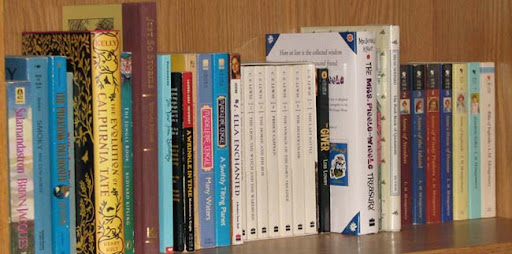
Bibliography:
Zusak, Markus. 2006. The Book Thief. New York: Alfred Knopf. ISBN: 0375931007.
Summary:
Just before the outbreak of World War II, Liesel goes to live with foster parents Hans and Rosa in a German town. Her brother and parents are gone, and Liesel is distraught. Hans patiently calms her fears and teaches her how to read using The Gravedigger’s Handbook, a book she stole by the gravesite of her brother. Reading opens up magical new worlds for Liesel, but books are scarce. She steals from Nazi book burnings and from the library of the mayor’s wife (who knows about and secretly aids Liesel’s thefts). Liesel also finds a best friend and love interest in Rudy, who sometimes helps her steal books. As the war comes closer to their town, Liesel reads to the whole community in the basement during air raids. She and her foster family are soon in more danger by taking in Max, a Jewish man, and hiding him in the basement. When Hans is punished for sympathizing with the Jews, Max has to leave and is eventually caught by the Nazis. Tragically, a bomb later falls on their street, and Liesel is the only one who survives. Max also survives his own ordeal and finds Liesel after the war.
Analysis:
This is a book for older readers who can handle reading about the horrors of war. The author takes a very unique approach in this book by having it narrated by Death. Death appears as a character who comes into contact with Liesel often and finds the book in which she wrote her life story. He has a creative and compelling narrative style. The author uses wonderful language and imagery, which is very appropriate in a book that highlights the power of words to both save and condemn, and shows the depths of both human brutality and beauty. Zusak has created a fascinating storyline and memorable characters that the reader cares about, even when Death’s habit of foreshadowing reveals that they will not survive. In the face of great tragedy, Liesel’s courage, kindness, and hunger for knowledge are an inspiration.
Reviews/Awards:
Michael Printz Honor Book
ALA Best Books for Young Adults Winner
“Zusak not only creates a mesmerizing and original story but also writes with poetic syntax, causing readers to deliberate over phrases and lines, even as the action impels them forward. Death is not a sentimental storyteller, but he does attend to an array of satisfying details, giving Liesel’s story all the nuances of chance, folly, and fulfilled expectation that it deserves. An extraordinary narrative.”
School Library Journal, starred review
“This hefty volume is an achievement-a challenging book in both length and subject, and best suited to sophisticated older readers. The narrator is Death himself, a companionable if sarcastic fellow, who travels the globe “handing souls to the conveyor belt of eternity.” Death keeps plenty busy during the course of this WWII tale, even though Zusak (I Am the Messenger) works in miniature, focusing on the lives of ordinary Germans in a small town outside Munich.”
Publisher’s Weekly
Connections:
* Discuss World War II from different perspectives, such as one or more of the following: Germans living in Germany, Germans who fled Germany, Americans, British, Danish, and more. There are books for children and young adults from all these perspectives.

















